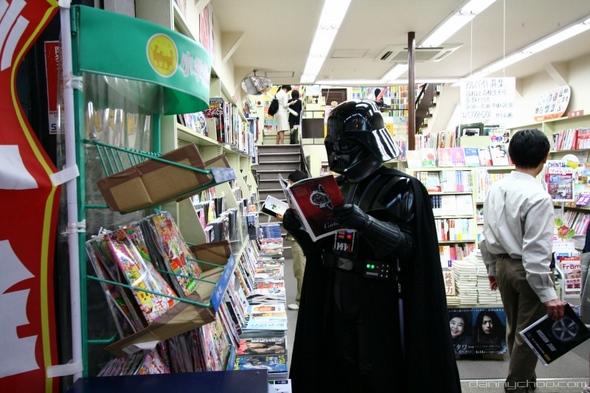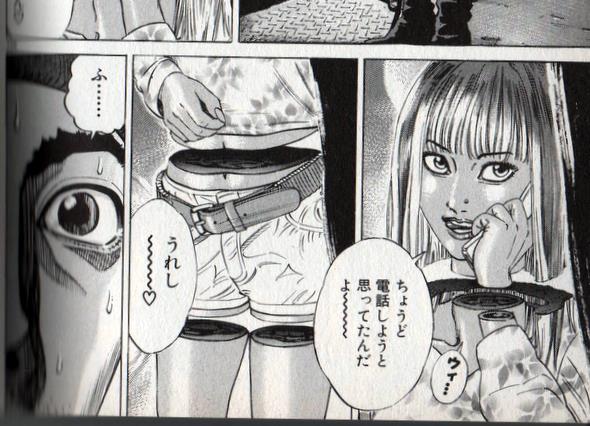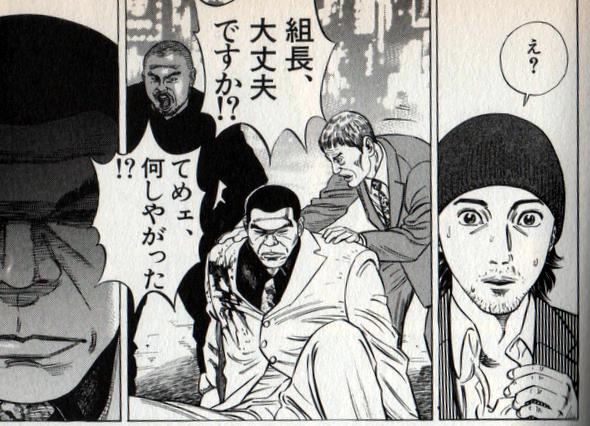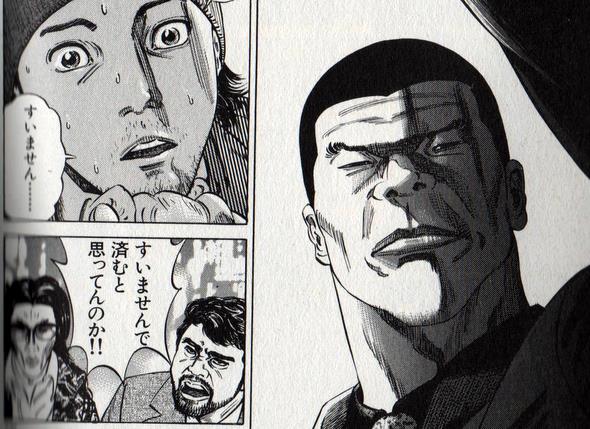Not content to blindly follow popular methods of language study a Jedi Knight searches the near and far galaxies for hitherto unknown tools and techniques with which to master Japanese. Hidden beneath the long sleeves of a hooded cloak is a tool for deciphering even the densest of Japanese literature, the Kanji Sono Mama Rakubiki Jiten on Nintendo DS.

Kanji Sono Mama is a dictionary, translated “Kanji just like that, easy to pull”, which puts any authentic Japanese text within the reach of a mere mortal. Sure there are other electronic dictionaries, but none I’ve found come close to the utility of this sleekly packaged touch generation device. I’m going to show you the method I use to expand my vocabulary with Kanji Sono Mama.
This method works with any dictionary which allows you to look up kanji compounds online or off. The Kanji Learners Dictionary is a good example of a dictionary that will allow you to look up compounds based on recognition of their radicals. If you’re reading kanji online then you could use a combination of QuickKanji and Jisho.org. For this post however I’m going to focus on using Kanji Sono Mama, because it’s mobile and it has a flash card function that combines well to make it an all-in-one vocabulary droid.
Your choice of reading material
I’m a big proponent of reading authentic Japanese while you’re learning. Textbooks simply don’t have the variety of language that literature does. Your choice of literature is up to you, I’m a big fan of Manga as you might know. I welcome a debate about the merits of manga over classical Japanese literature any day, but ultimately the choice of reading material is yours.
I covered some techniques for reading authentic Japanese manga where I talked mostly about short sessions without a dictionary. This post picks up where that one left off, because ultimately you’ll want to know the meanings of words you’re reading.
Choosing what to study.
People often ask me how to select books that are the right reading level. I usually answer that what you find interesting is usually more important than what reading age it’s aimed at. Reading Chibi Mariko Chan or Sazae San is not just for kids, it’s important social commentary. Although, if it doesn’t interest you it’s not going to hold your attention for very long.
Let’s imagine you have something you really want to read, it’s important to select vocabulary for further study with real intent. One of the biggest mistakes you can make is trying to read too much in one go. Other mistakes that will slow you down are selecting too many items for review or words that are too far out of reach.
Keep the passage you intend to study short, use the techniques I’ve covered elsewhere. Before you pull out your DS decide what vocabulary you’re going to study.
- Finish reading: Only after you have finished your reading session should you start to go back and find vocabulary you want to study. Keep these two sessions separate as much as possible, punctuate them with a short break if necessary. Make sure you have come to a point in your reading from which you will go no further.
- Choose things you understand: If you’ve seen something before but in a different context it is going to be useful for you to get a real fix on it through further study. You know these items are going to be useful because they just keep popping up. They may also be used different ways, so learn them well.
- Choose things you partially understand: In a new context things may look a little different, you may be able to infer meaning but you’ll need a bit more study to come to a full understanding. Choosing words you almost have a handle on is going to be much more fruitful than taking words completely out of context.
- Don’t choose more than you can commit to memory: Even for a Jedi Knight short term memory typically holds no more than seven items. For words you want to learn no more than five a day is a good rule of thumb, particularly if they are new and complex. You should spend as much time on these five items as you did in reading the passage of text you selected.
Practical example #1 – Guessing at the reading with hiragana
Good for: When you can guess from context what the kanji might be.
Method: Use your hiragana input to extract a dictionary entry.

The girl in the picture is on the phone, I could try keitai けいたい but that would be incorrect, next best guess is denwa でんわ Bingo! Now when I select the entry in the dictionary I get an English equivalent from the Ei-Wa jisho and some usage examples.
The guess work is important because it helps you make leaps at understanding, it doesn’t matter if you fall short a couple of times. Don’t dwell on it, just find the right answer and move on.
Practical Example #2 – Direct entry of the kanji
Good for: When you can’t guess the reading.
Method: Copy the strokes.

The big bold kanji in this cell is easy to copy. You may have seen it before but can’t remember the reading, 大丈夫, just use the touch pen.
I immediately get two readings as before, and some uses in fairly easy to understand sentences.
Practical Example #3 – Stab in the dark?
Good for: When you have to use the force.
Method: Use English input.

I use English input for the word ‘think’, there are two occurrences of something that it might be. I get the entry from the Ei-Wa jisho. There are lots of examples, but not all of them contain the kanji I’m looking for.
Caution: Use sparingly!
Using the flash cards.
Now you have a word that you can add to your vocabulary list. This where I really like the DS Sono Mama Rakubiki Jiten, with a simple tap of the touch pen you can add the word to one of three flash card groups.
They have their advantages over hand made flash cards.You don’t have to write anything out carefully on tiny bits of paper. Each card links to a full dictionary entry if you want to see alternative uses and meanings. You can move the flashcards between groups, which is perfect if you are using a Leitner system.
The DS also has a one handed mode. You can collect vocabulary and then causally flip through you cards while sitting on the bus. Perfect for the incognito Jedi in you!
(The Manga is Homunculus by Hideo Yamamoto. 2003.)
